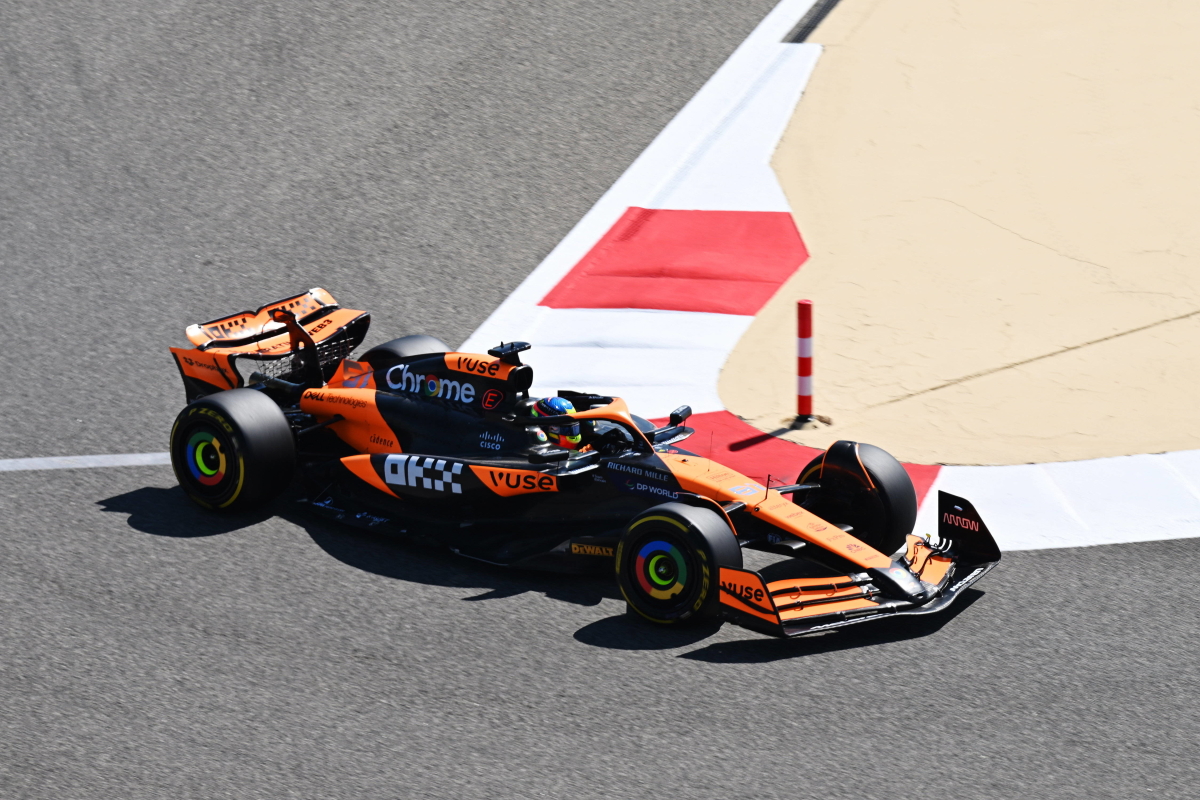Latest News

Formula 1
F1 team agree driver swap with rival as debut date confirmed
- 1 hour ago

Formula 1
Max Verstappen says there's 'always a spot' for Sebastian Vettel at Red Bull
- 3 hours ago

Formula 1
F1 announce shock calendar shakeup for 2026
- Today 17:00

NASCAR Cup Series
NASCAR star Bubba Wallace slams Cup Series rival after Atlanta incident
- Today 15:15

NASCAR Cup Series
NASCAR star Ryan Blaney taunted by Cup Series rival on social media
- Today 14:00

NASCAR Today
NASCAR Today: Denny Hamlin suffers Cup Series demotion as multiple stars penalized at Atlanta
- Today 13:05
Most read

2.500+ views
F1 Qualifying Results: McLaren dominate as Verstappen beaten by demoted Red Bull star
- 28 june

2.500+ views
F1 Qualifying Results: McLaren have qualifying disaster as Mercedes and Red Bull lock out top row
- 14 june

2.500+ views
F1 Power Rankings: The key figures shaping the sport in 2025
- 19 june

NASCAR star admits he was 'scared to death' at Pocono after multiple car failures
- 25 june

24 Hours of Le Mans 2025: Start times, schedule and how to watch live on TV
- 14 june

Kyle Larson and Carson Hocevar among NASCAR stars hit with penalties at Mexico City
- 16 june

























 Grand Prix of Australia 2025
Grand Prix of Australia 2025  Grand Prix of China 2025
Grand Prix of China 2025  Grand Prix of Japan 2025
Grand Prix of Japan 2025  Grand Prix of Bahrain 2025
Grand Prix of Bahrain 2025  Saudi Arabian Grand Prix 2025
Saudi Arabian Grand Prix 2025  Grand Prix De Monaco 2025
Grand Prix De Monaco 2025  Gran Premio de España 2025
Gran Premio de España 2025  Grand Prix du Canada 2025
Grand Prix du Canada 2025  Grand Prix of Austria 2025
Grand Prix of Austria 2025  Grand Prix of Belgium 2025
Grand Prix of Belgium 2025  Grand Prix of Hungary 2025
Grand Prix of Hungary 2025  Grand Prix of Azerbaijan 2025
Grand Prix of Azerbaijan 2025  Grand Prix of Singapore 2025
Grand Prix of Singapore 2025  Gran Premio de la Ciudad de Mexico 2025
Gran Premio de la Ciudad de Mexico 2025  Grande Prêmio de São Paulo 2025
Grande Prêmio de São Paulo 2025  Qatar Grand Prix 2025
Qatar Grand Prix 2025  Grand Prix of Abu Dhabi 2025
Grand Prix of Abu Dhabi 2025 